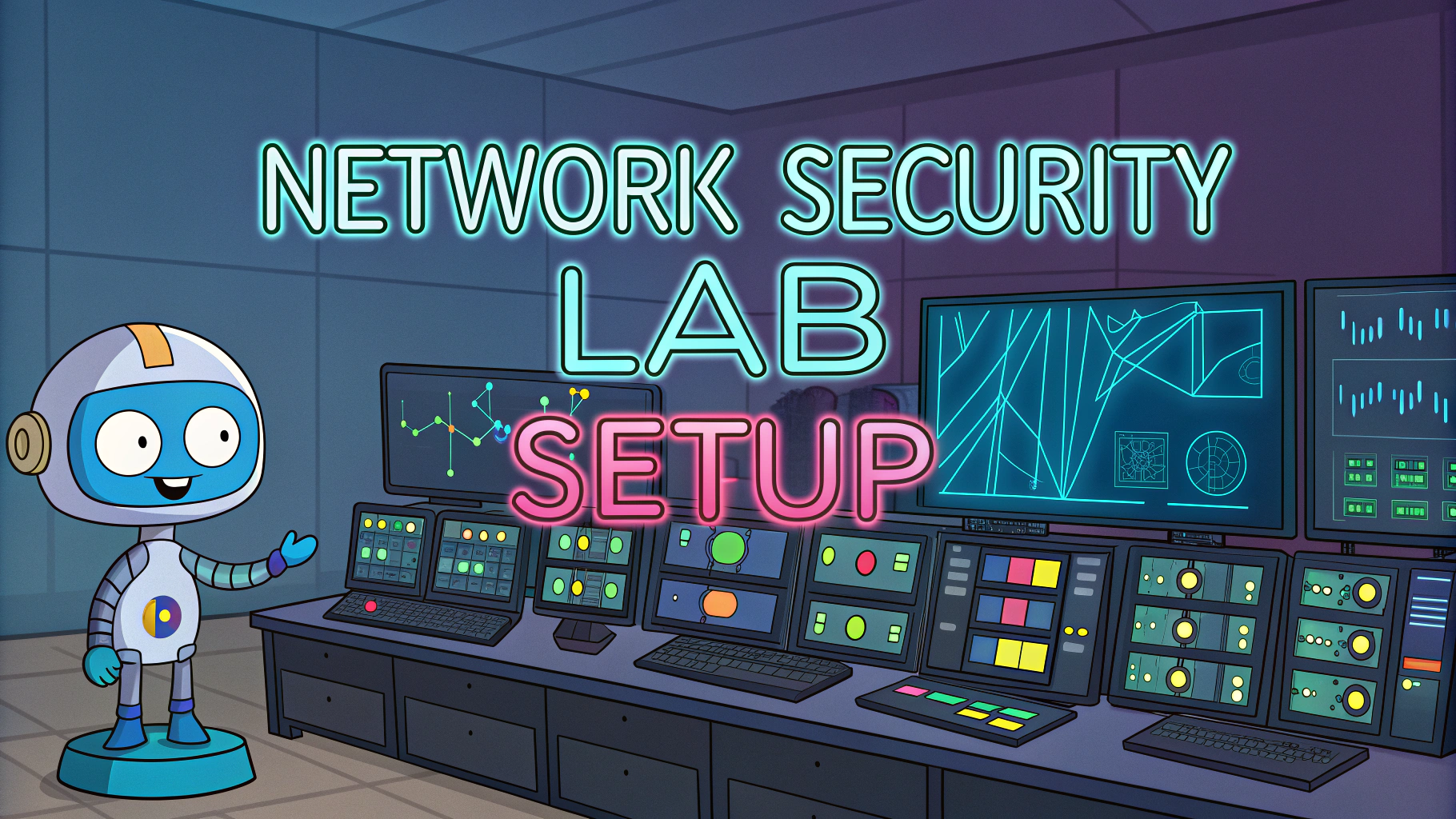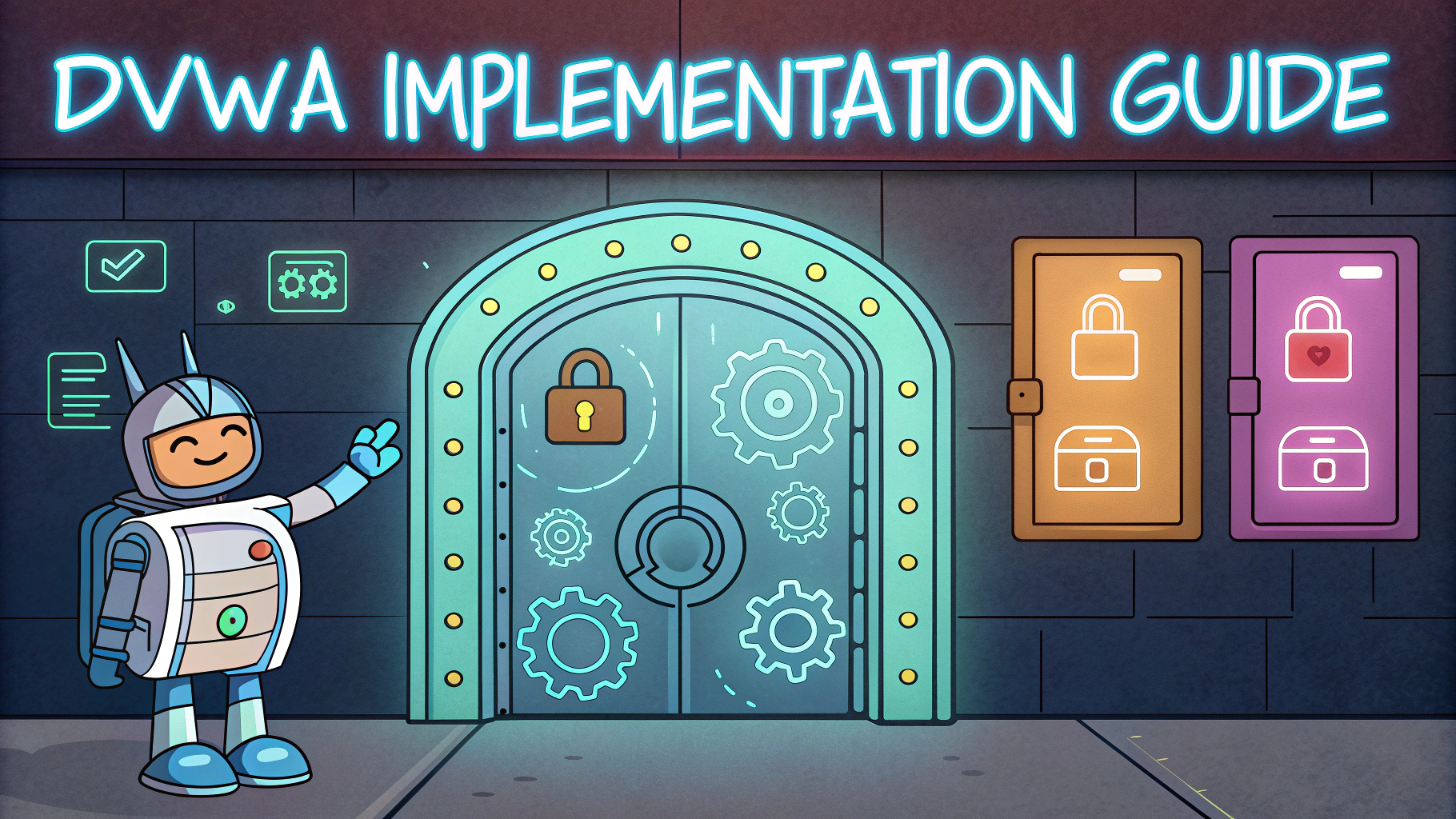Binary exploitation involves finding and leveraging vulnerabilities in compiled programs to gain unauthorized access or execute arbitrary code.
Security professionals use binary exploitation techniques to identify weaknesses in systems and applications before malicious actors can exploit them.
This guide covers key concepts, tools, and techniques for learning binary exploitation in a controlled environment.
Essential Concepts
- Buffer Overflows – When input exceeds allocated memory space
- Format String Vulnerabilities – Improper handling of format specifiers
- Integer Overflows – Numbers exceeding their maximum values
- Return-Oriented Programming (ROP) – Chaining existing code snippets
- Stack/Heap Exploitation – Manipulating program memory structures
Required Tools
- GDB – GNU Debugger for analyzing program execution
- PEDA – Python Exploit Development Assistance for GDB
- Ghidra – Software reverse engineering suite
- IDA Pro – Industry standard disassembler
- Radare2 – Open source reverse engineering framework
Practice Environments
- Pwnable.kr – Wargames for binary exploitation
- OverTheWire – Security wargames and challenges
- ROP Emporium – Return-oriented programming challenges
Common Exploitation Techniques
Buffer Overflow Steps:
- Identify vulnerable input
- Determine buffer size
- Create pattern to find offset
- Craft payload with shellcode
- Bypass security measures
- Execute exploit
Security Mitigations
| Protection | Description |
|---|---|
| ASLR | Randomizes memory addresses |
| DEP/NX | Prevents code execution in data sections |
| Stack Canaries | Detects stack corruption |
| PIE | Makes binary position independent |
Tips for Success
- Start with basic buffer overflows before advanced techniques
- Document your exploitation process thoroughly
- Use version control for exploit development
- Practice in isolated environments only
- Study common vulnerability patterns
Learning Resources
- Offensive Security – Professional training
- Exploit Education – Free learning platform
- Nightmare – Binary exploitation course
Moving Forward with Binary Exploitation
Focus on understanding assembly language and computer architecture fundamentals before attempting complex exploits.
Join communities like PWN Discord or Reddit SecurityCTF to learn from others.
Remember that binary exploitation skills should only be used ethically and legally, typically in authorized penetration testing or security research.
Advanced Exploitation Techniques
- Use-After-Free exploitation
- Type confusion vulnerabilities
- ASLR bypass methods
- Heap spraying techniques
- Format string exploitation
Development Process
Analysis Phase
- Static analysis of binary
- Dynamic behavior observation
- Identifying entry points
- Mapping security controls
Exploitation Phase
- Proof of concept development
- Payload optimization
- Reliability testing
- Environmental adaptation
Best Practices for Security Research
- Maintain detailed documentation
- Follow responsible disclosure
- Use isolated testing environments
- Stay updated with latest techniques
- Collaborate with security community
Future of Binary Exploitation
Modern architectures and security measures continue evolving, requiring exploits to become increasingly sophisticated. Understanding core concepts remains crucial for security professionals.
Stay engaged with security conferences, research papers, and community developments to maintain expertise in this dynamic field.
Mastering the Craft
Binary exploitation requires dedication, continuous learning, and ethical practice. Build a strong foundation in computer architecture, assembly language, and debugging techniques.
Contribute to open-source security tools and share knowledge responsibly to strengthen the security community while maintaining professional integrity.
FAQs
- What is Binary Exploitation in cybersecurity?
Binary exploitation is the process of finding and leveraging vulnerabilities in compiled programs to achieve unintended behavior, such as executing arbitrary code or gaining unauthorized access to systems. - What are the common types of binary exploitation vulnerabilities?
The most common vulnerabilities include Buffer Overflows, Format String vulnerabilities, Use-After-Free (UAF), Integer Overflows, and Return-Oriented Programming (ROP) chain opportunities. - Which tools are essential for binary exploitation?
Essential tools include GDB (GNU Debugger), IDA Pro or Ghidra (disassemblers), PEDA (Python Exploit Development Assistance), pwntools (Python library), and checksec for security feature verification. - What are memory protections that prevent binary exploitation?
Key memory protections include ASLR (Address Space Layout Randomization), DEP/NX (Data Execution Prevention/No-Execute), Stack Canaries, and PIE (Position Independent Executable). - How do you identify buffer overflow vulnerabilities?
Buffer overflows can be identified by analyzing input handling functions like gets(), strcpy(), or sprintf(), and testing program behavior with oversized inputs while monitoring memory. - What is shellcode and how is it used in exploitation?
Shellcode is machine code that serves as the payload in exploits, typically designed to spawn a shell or execute specific commands when successfully injected into a vulnerable program. - How does Return-Oriented Programming (ROP) bypass DEP?
ROP chains together existing code fragments (gadgets) from the program to create new functionality, allowing attackers to execute malicious code even when DEP prevents direct code execution in data segments. - What role does ASLR play in binary security?
ASLR randomizes the base addresses of executable programs and libraries in memory, making it harder for attackers to predict memory locations needed for successful exploitation. - How do you analyze binaries for potential vulnerabilities?
Binary analysis involves using disassemblers to examine assembly code, dynamic analysis tools to monitor runtime behavior, and fuzzing techniques to identify potential crash points. - What is format string exploitation?
Format string exploitation occurs when user input is directly used as the format string in printf-like functions, allowing attackers to read or write to arbitrary memory locations.








